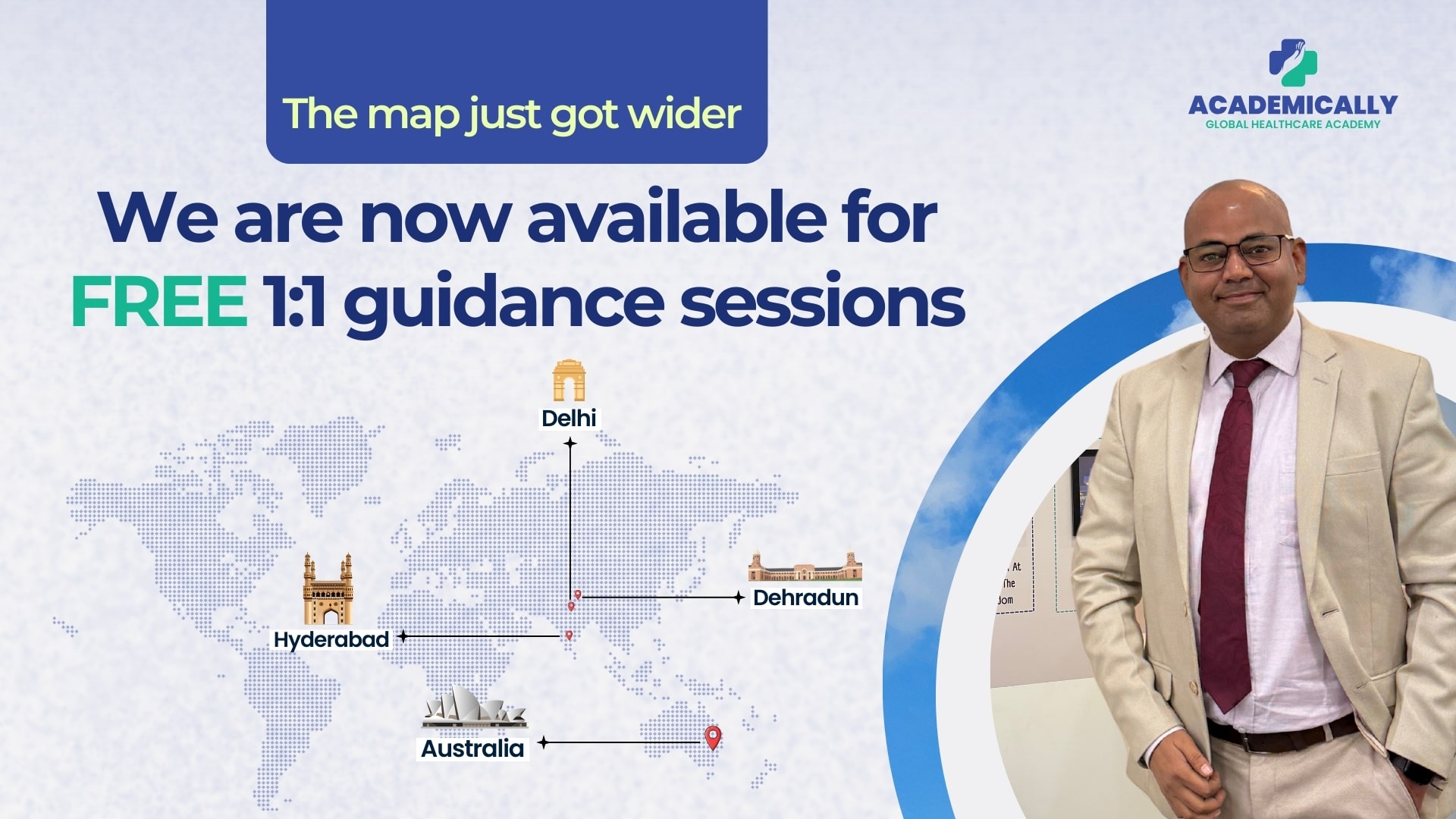What is AHPRA?
In every country there will be a national agency responsible for regulating healthcare professionals. Similarly in Australia, it is the AHPRA. The full form of AHPRA is Australian Health Practitioner Regulation Agency. The aim of AHPRA is to check whether the healthcare professionals have proper training, qualification and safe practice in Australia.
This applies to all healthcare professionals practising in Australia including nurses, doctors, dentists, physiotherapists, or any other regulated practitioner.
Why is AHPRA So Important?
In simple words, AHPRA ensures that only qualified and competent professionals are providing care to the public. They don’t just register you and forget about it—they also monitor, investigate complaints, and make sure you’re meeting professional standards throughout your career.
If you’re trained overseas, AHPRA is the bridge between your qualifications and practising legally in Australia.
AHPRA’s Core Functions
AHPRA’s work revolves around five main functions. All of them are designed to make sure healthcare in Australia is safe, ethical, and of high quality.
- Registration: This is where your AHPRA journey begins. They handle new registrations, renewals, and even student registrations.
- Accreditation: AHPRA works with accreditation authorities to make sure healthcare education programs meet the standards.
- Notifications (Handling Complaints): If a concern is raised about a healthcare practitioner’s conduct, performance, or health, AHPRA steps in.
- Compliance: Healthcare practitioners who are registered with any conditions or restrictions on their licence are regularly monitored.
- Professional Standards: When the National Boards set rules and guidelines, like codes of conduct, registration standards, and professional expectations, AHPRA supports it.
Which Professions Are Regulated by AHPRA?
AHPRA regulates 15 professions through their respective National Boards:
- Aboriginal and Torres Strait Islander Health Practice
- Chinese Medicine
- Chiropractic
- Dental
- Medical
- Medical Radiation Practice
- Nursing and Midwifery
- Occupational Therapy
- Optometry
- Osteopathy
- Paramedicine
- Pharmacy
- Physiotherapy
- Podiatry
- Psychology
Each board sets its own registration standards and professional guidelines.
How to Register with AHPRA?
To make it easier to understand, the explanation below is explained in example for overseas-trained doctors who want to become registered medical practitioners in Australia through the AMC pathway.
To become a registered doctor in Australia and you are under the standard pathway, you will have to take the AMC Exam. After passing the AMC exam you can apply for the registration with the AHPRA under Medical Board of Australia.
Step 1: Choose Your Registration Type
Most international medical graduates (IMGs) begin with Limited Registration or Provisional Registration, depending on their progress in the AMC process.
- If you’ve passed the AMC MCQ (Part 1) and secured a job offer, you’ll typically apply for Limited Registration – Postgraduate Training or Supervised Practice.
- After passing AMC Clinical (Part 2) and completing supervised practice, you can move to General Registration.
Step 2: Check the Eligibility Criteria
To apply for registration, you’ll usually need to submit:
- Proof of identity (passport, visa, etc.)
- Your primary medical qualification (verified through EPIC)
- AMC Certificate or exam results (AMC Part 1 or Part 2, depending on your application type)
- English language test results (OET or IELTS)
- A valid job offer or supervision plan (for Limited Registration)
- Criminal history check
- Details of professional indemnity insurance
Step 3: Apply Online
Step 4: Wait for the Outcome
Your application will be reviewed by AHPRA and the Medical Board of Australia. The time it takes depends on whether your documents are complete. This step can take several weeks or even a few months, so apply well in advance of your planned start date.
Step 5: Get Registered
Once your registration is approved, you’ll be listed on the public register of practitioners, and you’re officially allowed to practise medicine under the type of registration granted.
Final Words
If you are planning to get registered in Australia, AHPRA plays a huge role in it. This is actually to maintain the quality and safety of healthcare in Australia. The first step towards legally practising your profession is getting registered with AHPRA.
So, take the time to get familiar with what’s needed for registration according to your profession, stay organised with your documents, and plan ahead.
Once you’re registered, you will know that you are stepping into a trusted, respected healthcare system that values high standards and patient safety.








